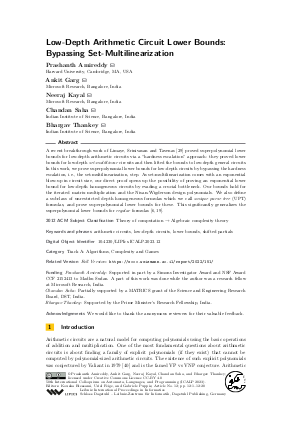LIPIcs.ICALP.2023.12.pdf
- Filesize: 0.84 MB
- 20 pages

 Creative Commons Attribution 4.0 International license
Creative Commons Attribution 4.0 International license
































Feedback for Dagstuhl Publishing